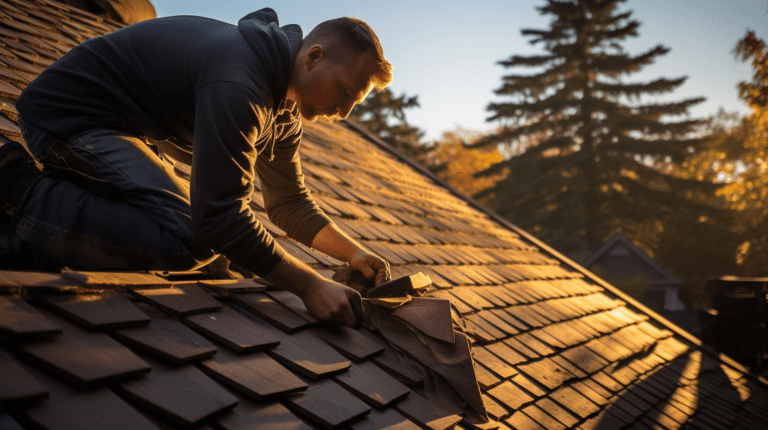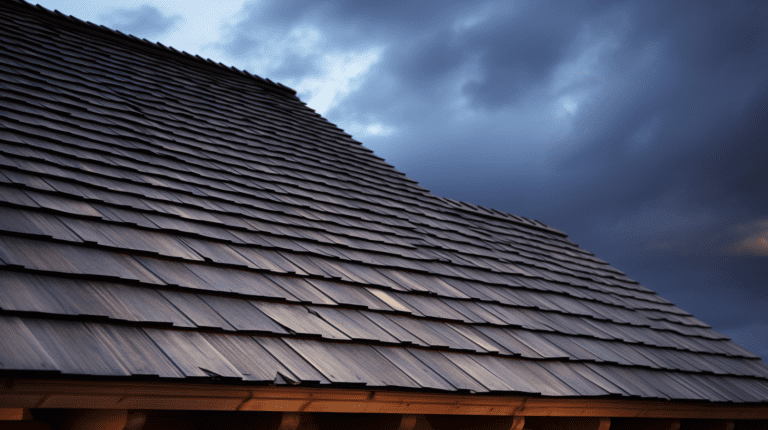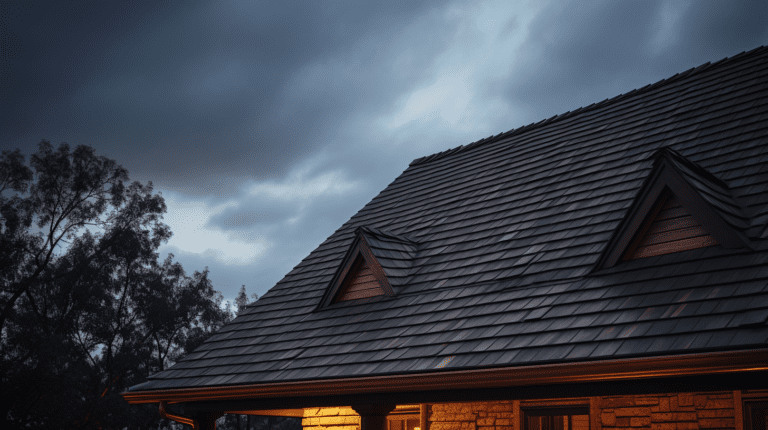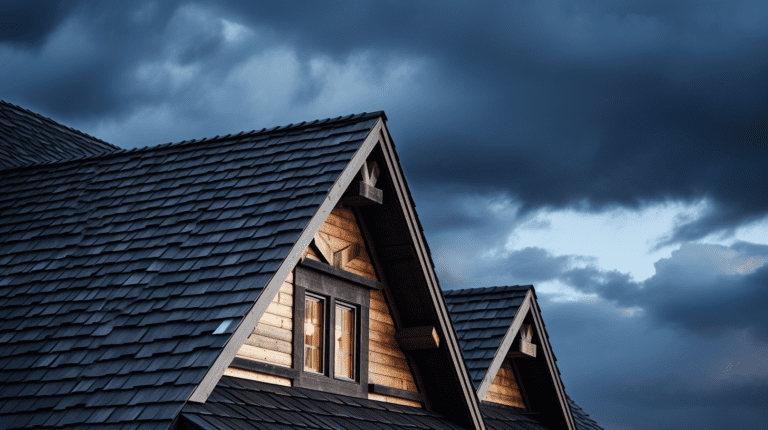
1. Introduction to Hardwood and Softwood
Understanding Hardwood
Hardwood is a type of wood that comes from angiosperm trees.
These trees are typically found in temperate and tropical forests, and their distinguishing feature is a broad leaf,
which is usually deciduous. Examples of hardwood species include oak, maple, and teak.
Exploring Softwood
Softwood, on the other hand, originates from gymnosperm trees.
These trees are often evergreen, meaning they retain their leaves throughout the year.
Some common softwood species include pine, cedar, and fir.
2. Origins and Species of Hardwood and Softwood
Hardwood Species for Roofing
Several hardwood species are used in roofing, each offering distinct benefits.
Oak is renowned for its strength and durability, while teak is preferred for its natural weather resistance.
Softwood Species for Roofing
The softwood species commonly used for roofing include cedar, pine, and spruce.
Cedar is known for its beautiful aesthetic and insect repelling properties,
while pine and spruce are favored for their affordability.

3. The Science Behind Hardwood and Softwood
Structural Differences
The key difference between hardwood and softwood lies in their structure.
Hardwoods have a complex structure with vessel elements that transport water throughout the wood.
On the other hand, softwoods have a simpler structure with tracheids performing this water transportation.
Durability and Weather Resistance
When it comes to durability and weather resistance, hardwood typically fares better than softwood.
The dense composition of hardwood makes it more resistant to rot, insect attacks, and harsh weather conditions.
4. Cost Comparison: Hardwood vs. Softwood Roofing
Hardwood Roofing Cost
Hardwood roofing tends to be more expensive than softwood.
This is primarily due to the longer growth cycle of hardwood trees and the increased durability of the material.
Softwood Roofing Cost
Softwood roofing is generally more affordable than hardwood. Despite its lower cost,
softwood can offer excellent performance when correctly treated and maintained.

5. Environmental Impact of Hardwood and Softwood Roofing
Sustainability of Hardwood
Hardwood sustainability is a crucial consideration in today’s eco-conscious world.
While hardwood trees take longer to grow, many suppliers are committed to responsible forestry practices, ensuring a renewable supply.
Sustainability of Softwood
Softwood trees grow faster than hardwood trees, making them a more sustainable option.
Like with hardwood, responsible forestry practices are crucial to ensuring the renewable nature of softwood.
6. Installation Process: Hardwood vs. Softwood Roofing
Installing Hardwood Roofs
Installing hardwood roofs can be a more complex process than installing softwood roofs,
primarily due to the increased density and weight of the material.
Installing Softwood Roofs
Installing softwood roofs is typically quicker and easier,
making it a popular choice for roofing projects with a tight timeline.

7. Maintenance of Hardwood and Softwood Roofs
Caring for Hardwood Roofs
Hardwood roofs require regular maintenance to retain their aesthetic appeal and durability.
This includes periodic sealing to prevent water absorption and to protect the wood from UV rays.
Caring for Softwood Roofs
Softwood roofs also require regular maintenance, including routine inspections for potential insect damage or rot,
and resealing or painting as needed.
8. Performance: Hardwood vs. Softwood Roofing
Lifespan of Hardwood Roofs
Hardwood roofs can last for several decades with proper care.
The exact lifespan depends on the species of hardwood and the prevailing climatic conditions.
Lifespan of Softwood Roofs
Softwood roofs also offer a considerable lifespan,
particularly when properly maintained and treated against pests and weather elements.
9. Aesthetic Differences between Hardwood and Softwood Roofing
Beauty of Hardwood Roofs
Hardwood roofs are often preferred for their rich colors and distinctive grain patterns,
adding a touch of elegance to any home.
Beauty of Softwood Roofs
Softwood roofs, while more subtle in their beauty,
offer a rustic appeal that suits a variety of architectural styles.
10. Making the Right Choice: Factors to Consider
When choosing between hardwood and softwood roofing,
consider factors such as your geographic location, budget, design preferences,
and the architecture of your house. The right choice depends on the unique needs of your project.
Conclusion
The decision between hardwood and softwood roofing involves a consideration of various factors,
from cost to durability, aesthetics, and maintenance requirements.
By understanding the unique characteristics and benefits of each type of wood,
you can make an informed decision that best suits your needs and preferences.
FAQs Section
Answer: Generally, hardwood roofing tends to be more expensive than softwood roofing due to factors such as material quality, durability, and scarcity. However, it’s essential to consider the long-term benefits and lifespan of hardwood roofing, which can offset the initial investment.
Answer: Hardwood roofing is naturally more resistant to pests and rot due to its dense composition and natural oils. Softwood, while still durable, may require additional treatments or coatings to enhance its resistance to pests and rot.
Answer: Yes, both hardwood and softwood roofing can be painted or stained to achieve the desired color and finish. However, it’s crucial to choose appropriate coatings and finishes specifically designed for exterior wood applications to ensure durability and longevity.
Answer: Yes, both types of roofing materials can be suitable for various climates. However, it’s important to consider the specific weather conditions in your area and consult with a roofing professional to determine the most suitable material for your specific location.
Answer: Both hardwood and softwood roofs require regular maintenance to ensure their longevity and performance. This includes periodic inspections, cleaning, and treating the wood to prevent rot or deterioration. Consult with a roofing specialist for specific maintenance recommendations based on your chosen material.
Answer: Yes, both hardwood and softwood roofing can be used for commercial buildings. However, the choice of material depends on factors such as the building’s design, budget, and specific requirements. Consulting with an experienced architect or roofing professional is recommended to determine the best option for your commercial project.
